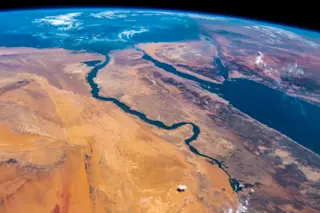[caption id="attachment_2045105" align="alignnone" width="1024"]
Masaya Volcano in Masaya, on May 19, 2016. INTI OCON/Getty Images[/caption] Today marks the 25th anniversary of the massive eruption of Pinatubo in the Philippines. If you haven't looked at my post about the Pinatubo area before and after the eruption, head on over there now. You should also check out the US Geological Survey's marking of the anniversary and this excellent article in EOS about the ways the eruption changed modern volcanology. You should also check out this Manila Bulletin article about a new lake that formed after the eruption. Just to keep us all on our toes, Bulusan, one of the many active volcanoes in the Philippines, had a small explosive eruption this week that has left the region on alert for potential continued activity. On to some updates on volcanoes around the world: Colombia Two volcanoes are catching people's attention. The (much) more ...













